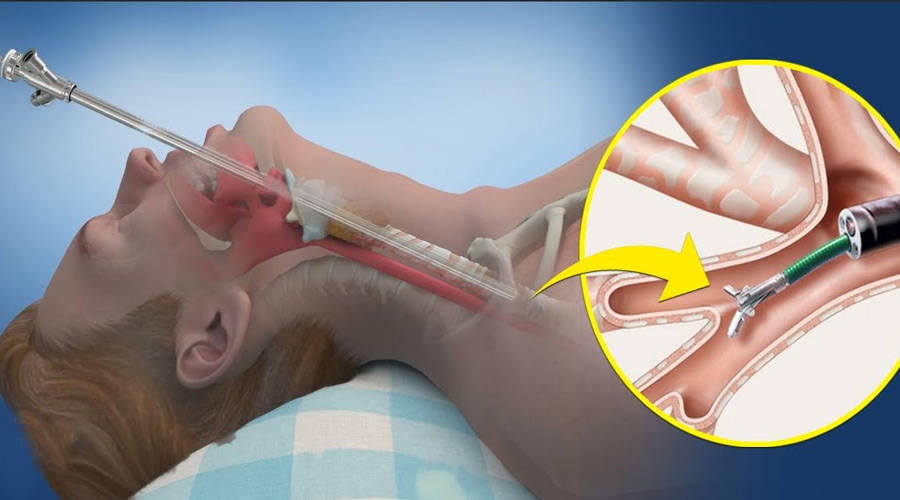
Bronchoscopy
Direct Airway Examination for Diagnosis and Treatment
Bronchoscopy is a minimally invasive procedure that allows doctors to directly view the airways, including the trachea, bronchi, and lungs, using a flexible tube with a camera (bronchoscope). It plays a crucial role in diagnosing and treating various respiratory conditions.
When is Bronchoscopy Recommended?
- Persistent or unexplained cough
- Hemoptysis (coughing up blood)
- Abnormal findings on chest X-ray or CT scan
- Suspected lung infection (e.g., tuberculosis, pneumonia)
- Evaluation of airway blockages or tumors
- Collection of tissue samples (biopsy) or fluid (bronchoalveolar lavage)
Types of Bronchoscopy:
- Flexible Bronchoscopy – Most commonly used; done under sedation to explore smaller airways.
- Rigid Bronchoscopy – Used for certain therapeutic procedures like foreign body removal or stenting.
Benefits of Bronchoscopy:
- Minimally invasive and safe
- Direct visualization of airway structures
- Allows tissue sampling for accurate diagnosis
- Can detect infections, tumors, bleeding, or inflammation
- Helps guide further treatment based on findings
Bronchoscopy is a cornerstone procedure in interventional pulmonology, offering both diagnostic precision and therapeutic intervention for a wide range of lung and airway conditions.